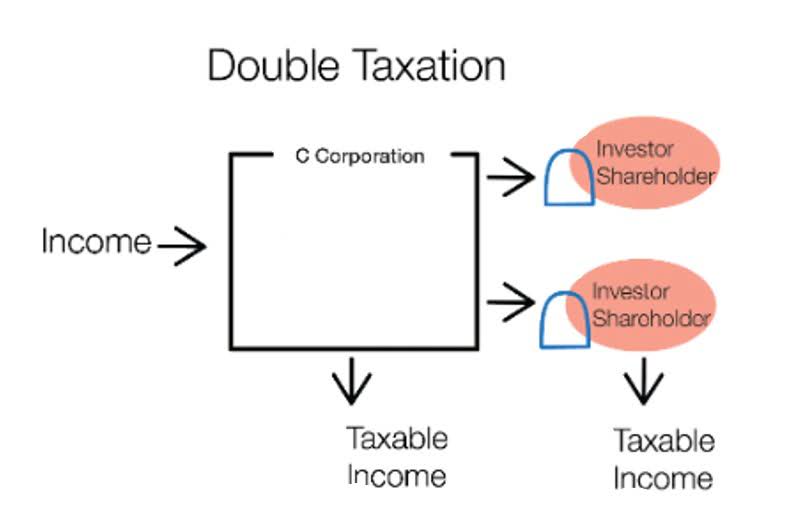Understanding Outsourced Finance and Accounting Services

Outsourced accounting refers to the practice of employing an external provider to manage a company’s financial tasks and responsibilities, such as bookkeeping, tax management, and financial reporting. This approach is often considered by businesses that lack internal resources or face difficulties recruiting and retaining qualified accounting personnel. Outsourcing has become a popular solution for businesses seeking to optimise their operations, reduce costs, and improve efficiency. By entrusting their bookkeeping tasks to specialised service providers, businesses can focus on their core competencies while benefiting from enhanced financial management.
Outsourced bookkeeping offers businesses significant benefits ranging from enhanced financial accuracy to substantial cost savings. These services ensure that companies can focus on their core competencies while entrusting their financial documentation to skilled professionals. A lot of companies in the USA experience trouble in achieving efficiency in their finances.
Choosing the Right Accounting Firm
By demonstrating industry expertise, exemplary client references, scalability, and a strong technical platform, they meet many of the criteria outlined above, making them a potential standout choice. We understand accounting and reporting complexities and emerging issues facing the marketplace, and we have deep technical industry knowledge. Our cosource teams also have auditor backgrounds, which brings a deep understanding of complex analyses and documentation. By meticulously evaluating potential partners on these factors, businesses can forge a partnership that supports and enhances their accounting operations effectively. Services can range from basic bookkeeping to complex financial analysis, with each service modulated to align with the client’s scope of business.

Outsourcing accounting services was once a luxury that only large companies could afford. Today most businesses have at least some portion of their bookkeeping and accounting handled by an outside party. When it’s time to pay taxes, an online bookkeeping service can offer you a year-end financial package. Bookkeeping for Any Business Industry This will include all the financial statements the accountant needs to file the small business tax return. First, you’ll contract with the company and pay them a fixed monthly fee for their services. Then the outsourced bookkeeping firm will work with your business to understand your needs and goals.
Expertise in U.S.
Professional accounting services often handle bookkeeping to maintain the accuracy of daily financial transactions. Trusted external firms ensure that all transactions are recorded timely and accurately, which is critical for reliable financial statements. By partnering with firms dedicated to accounting, businesses gain access to a higher level of expertise. Outsourced accounting services employ professionals who are up-to-date with the latest financial regulations, technology, and best practices, which is especially valuable for making informed decisions. Law firms seek external bookkeeping services to ensure compliance with trust accounting regulations and manage client funds. Outsourcing reduces the risk of errors in financial management that could have serious legal implications.
- Ongoing support is also offered for changing compliance and regulatory standards to ensure your business is informed and compliant, minimizing the risk of financial discrepancies.
- It allows management and staff to prioritize operations and growth without being sidetracked by financial paperwork.
- They employ robust security measures such as encryption, secure user authentication, and regular audits to protect sensitive financial data.
- We help you navigate timely reporting demands by providing needed infrastructure and addressing resource gaps for a seamless transition into public reporting requirements.
- Whether you choose in-house employees or an outsourced service, making sure they are trained on an ongoing basis will help ensure you get timely, accurate financials.
- When this happens, collections and financial reporting can get pushed aside because data entry, recording invoices and paying bills takes priority.
Companies can avoid expenditures related to recruiting, training, and maintaining an in-house accounting department. Moreover, the flexibility of only paying for needed services translates into direct cost savings. Businesses should look for outsourced providers with robust data security measures, such as encryption, secure access controls, and regular audits, to protect their financial information. By adhering to these best practices, organizations can maximize the efficiency and accuracy of their outsourced bookkeeping functions. Outsourced professionals provide precise reports, including balance sheets, profit and loss statements, and cash flow statements, to give a clear financial picture.

